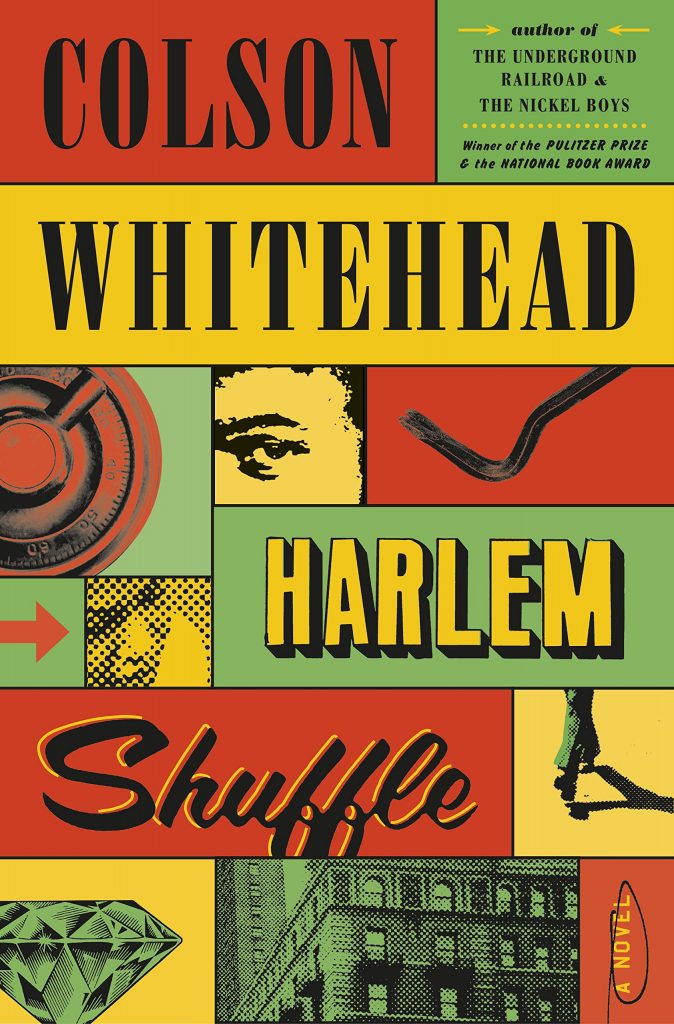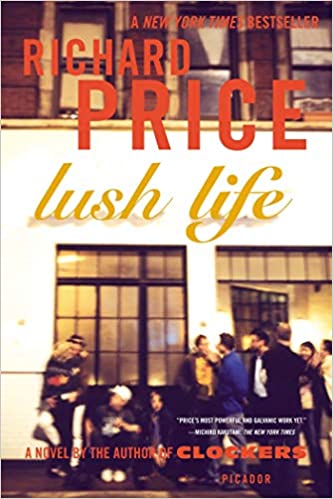
It is the early 1960s and Ray Carney sells contemporary furniture from a showroom on 125th Street in Harlem, New York City’s Black enclave. Harlem vibrates with the energy of strivers, both straight and crooked. Men (women are conspicuously second class characters in this book) aim to get ahead anyway they can and Carney has, in addition, to his sale of couches and dinettes, a side hustle of fenced electronics, appliances, and jewels. Carney’s cousin, Freddy, is endowed with more charm than common sense; he routinely draws Carney into a series of crimes that Carney ultimately wishes he had no part of.
Harlem Shuffle appears to be part compelling crime novel, part family saga, and an exceedingly lively encapsulation of the language and vibe of inner city life in the early 1960s. (Listen to the audiobook, if you have the opportunity.) But most of all, the genius of the book is the feeling of racial imprisonment affected by the invisible urban borders of Harlem. Yes, the boundaries are semi-porous: Carney can ride the subway downtown to move stolen items through white middlemen – also with straight-looking storefronts – but his skin color makes him too conspicuous to linger. White cops own the streets of Manhattan from the Battery to the Bronx and cruise the blocks of Harlem beating, occasionally killing young Black men, and all around ensuring that no matter the aspirations of Harlems’ dreamers, educated or not, their station in life is preordained.
The setting is 1959-1964. Not nearly enough has changed.








